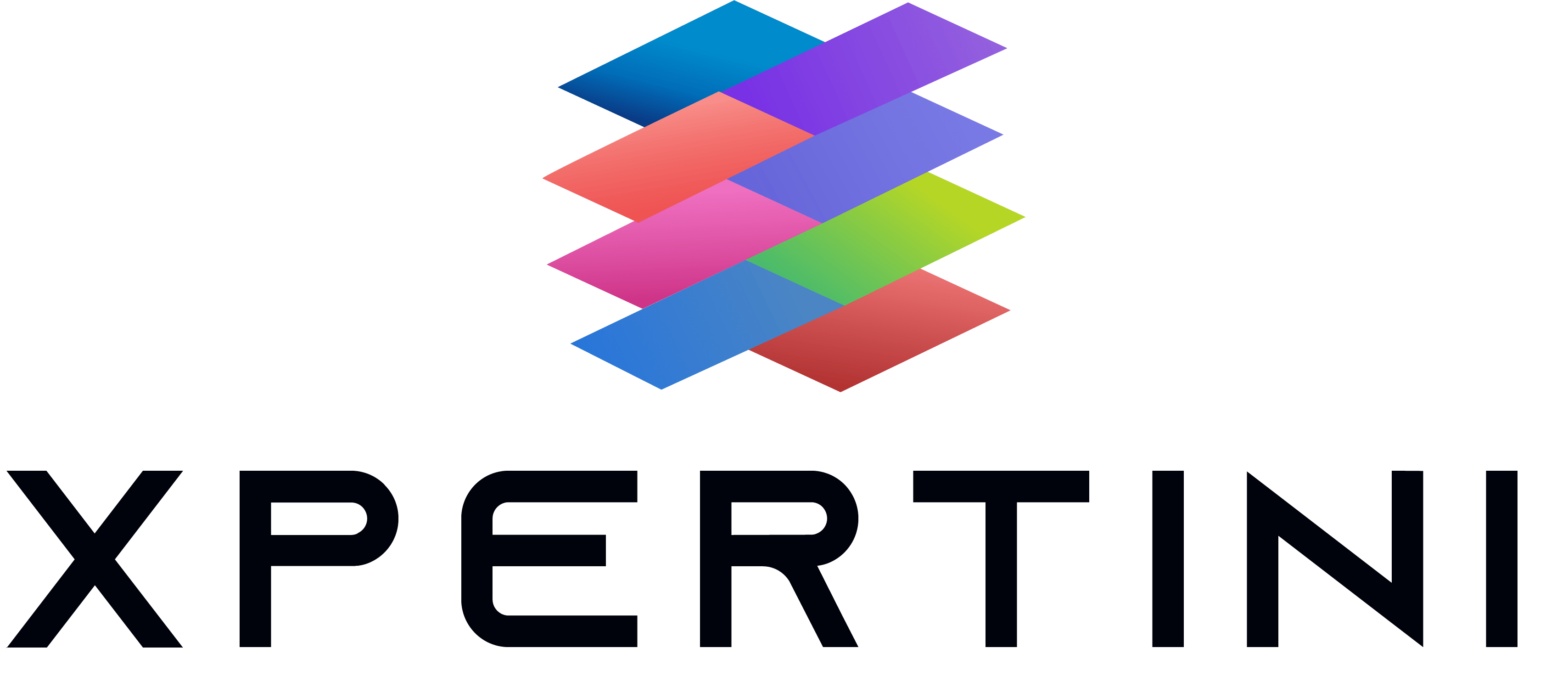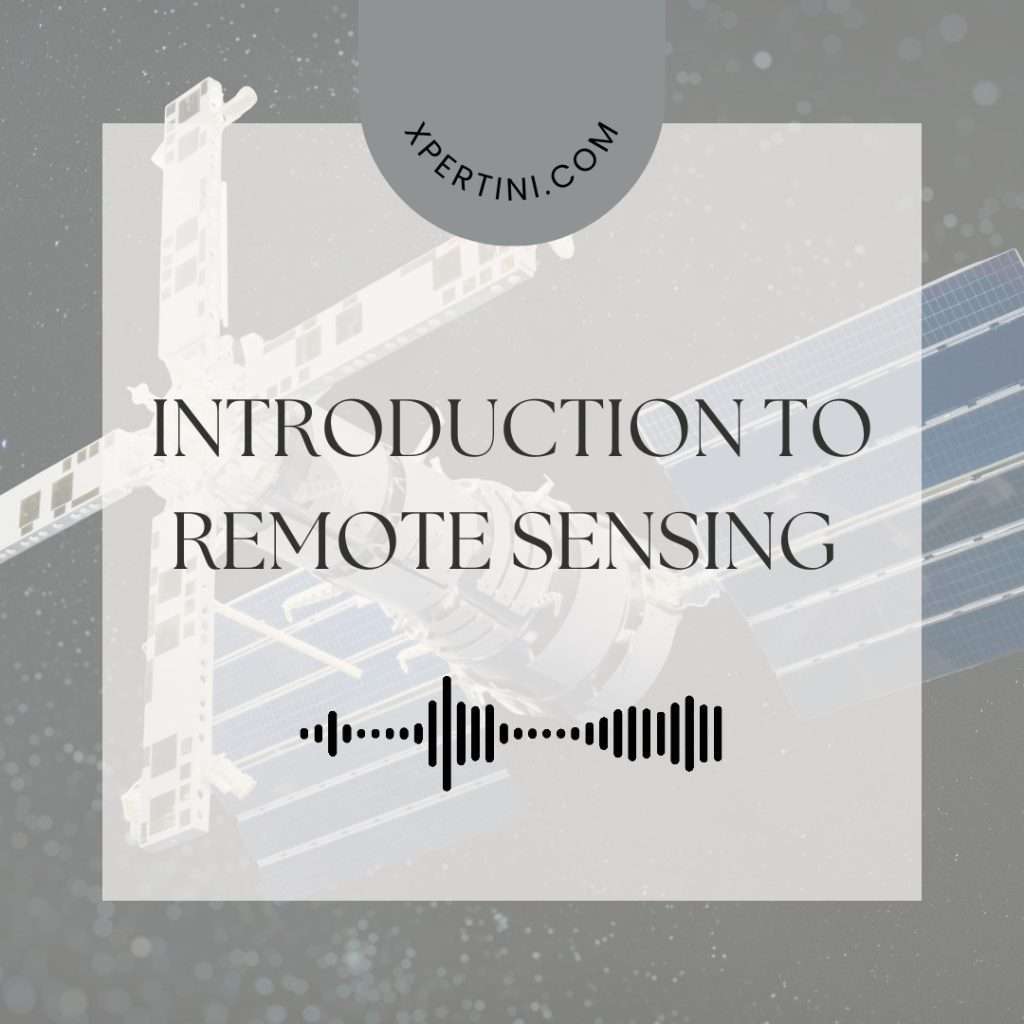Introduction to Remote Sensing
Course Summary
In this comprehensive course on remote sensing, learners are introduced to the fundamental principles, techniques, and applications of this versatile technology. Throughout the course, students delve into the workings of remote sensing, gaining an understanding of how it enables the observation and analysis of Earth’s surface from a distance. They explore the various sensors and platforms used in remote sensing, from satellites and aircraft to drones, and learn how these tools collect valuable data for environmental monitoring, disaster management, and resource management.
The course covers a wide range of topics, including image interpretation and analysis, quantitative analysis techniques, and the role of remote sensing in disaster monitoring and response. Learners discover how remote sensing data can be used to monitor changes in land use, assess vegetation health, and manage water resources. Through case studies and real-world examples, students gain insights into how remote sensing technology is applied in different fields, from agriculture and forestry to urban planning and biodiversity conservation.
Throughout the course, students are encouraged to seek internships, research projects, and volunteer opportunities to gain practical skills and build a strong portfolio. Continuous learning is highlighted as essential for staying updated with advancements in remote sensing technology and remaining competitive in the field. Networking within the remote sensing community is also emphasized as a valuable means of knowledge exchange, collaboration, and career advancement.
By the end of the course, learners emerge with a solid foundation in remote sensing and a clear understanding of the diverse career opportunities available in this field. Armed with practical skills, theoretical knowledge, and a passion for innovation, students are well-equipped to begin their career journey in remote sensing, making meaningful contributions to environmental management, disaster preparedness, and sustainable development.
Course Overview
This course provides a comprehensive introduction to remote sensing, a vital tool in various fields such as environmental science, agriculture, urban planning, and disaster management. Remote sensing allows us to gather data about the Earth’s surface without direct physical contact, enabling us to study and analyze large areas efficiently.
Course Objectives
Understand the fundamental principles and concepts of remote sensing.
Learn about the different remote sensing technologies and their applications.
Develop skills in interpreting remote sensing data and imagery.
Explore the role of remote sensing in environmental monitoring, resource management, and disaster response.
Understand the limitations and challenges of remote sensing techniques.
Analyze case studies and real-world examples of remote sensing applications.
Explore emerging trends and advancements in remote sensing technology.
Develop critical thinking and problem-solving skills in the context of remote sensing.
Prepare for further studies or careers in remote sensing and related fields.
Course Outcomes
Able to explain the basic principles of remote sensing.
Able to identify and describe different types of remote sensing platforms.
Demonstrate proficiency in processing and analyzing remote sensing data.
Apply remote sensing techniques to solve real-world environmental problems.
Critically evaluate the accuracy and reliability of remote sensing imagery.
Recognize the ethical and societal implications of remote sensing technologies.
Collaborate effectively in group projects involving remote sensing applications.
Adapt remote sensing methodologies to specific research or industry needs.
Demonstrate proficiency in using remote sensing software and tools.
Explore career opportunities in remote sensing and related fields.
Course Audience
Students pursuing careers in environmental science, geography, or geology.
Professionals in fields such as urban planning, agriculture, forestry, and disaster management.
Anyone interested in learning about remote sensing technology and its applications.

